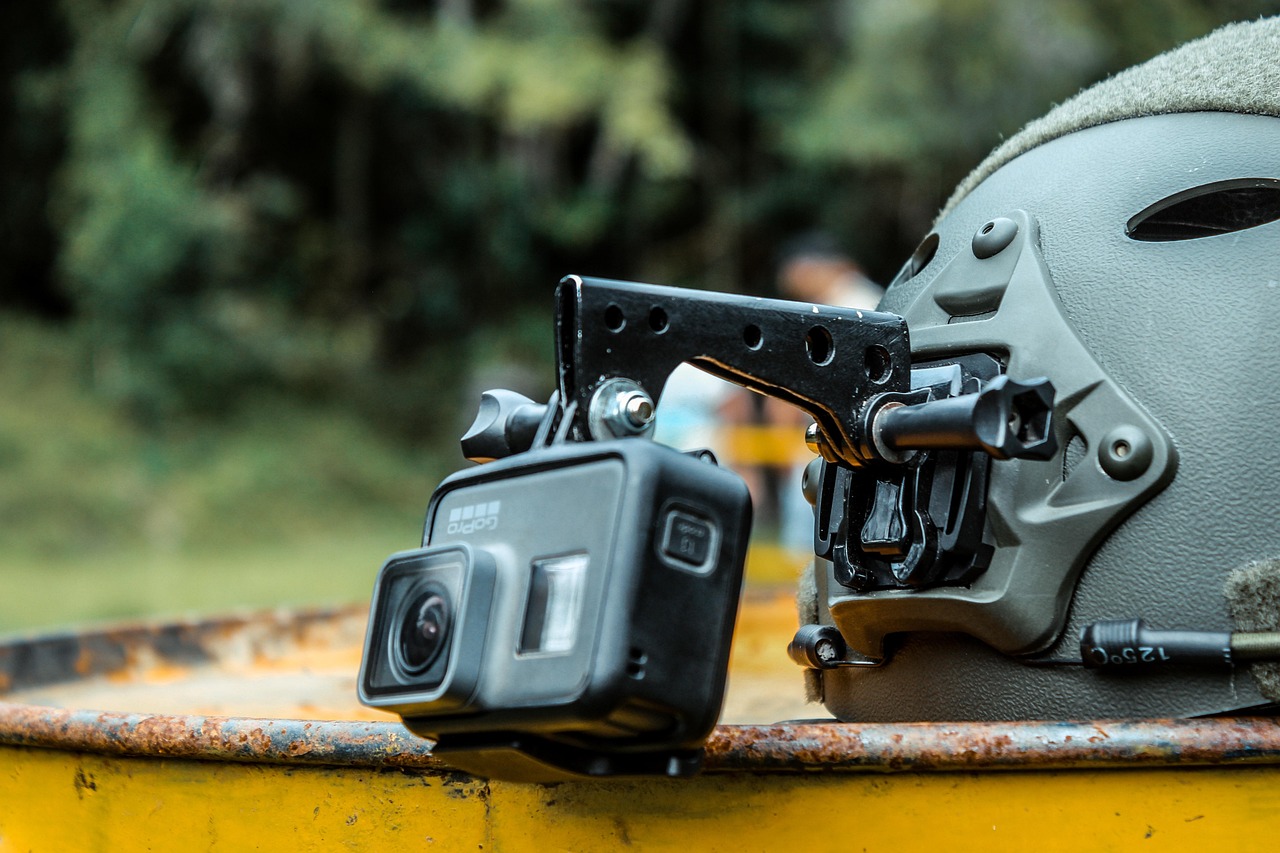This article delves into the future of GoPro in the drone market, exploring industry insights, expert opinions, and market trends that could influence the company’s decisions.
What Happened to GoPro’s Drone Division?
GoPro’s foray into the drone market began with the launch of the Karma drone in 2016. Despite initial excitement, the Karma faced numerous challenges, including a recall due to battery issues and stiff competition from established players like DJI. The drone was ultimately discontinued in 2018, marking a significant retreat from the aerial market. This decision was influenced by a combination of technical difficulties and a lack of market traction.
Why Did GoPro Exit the Drone Market?
The exit from the drone industry was primarily driven by financial struggles and increasing competition. Expert analysis suggests that GoPro’s resources were stretched thin, as they attempted to compete in a market dominated by companies that specialized solely in drones. Additionally, consumer demand shifted, making it difficult for GoPro to maintain a foothold.
What Are the Current Trends in the Drone Industry?
The drone market is currently witnessing rapid growth, fueled by advancements in technology and changing consumer preferences. Innovations in battery life, autonomous flying capabilities, and enhanced imaging technology are reshaping the landscape. Regulatory changes are also playing a critical role, as governments worldwide are establishing clearer guidelines for drone usage.
How Are Competitors Shaping the Drone Landscape?
Companies like DJI and Parrot are setting high standards with their cutting-edge features and user-friendly designs. DJI, in particular, has captured a significant market share, making it challenging for GoPro to consider a comeback without a unique value proposition. The competitive landscape is forcing companies to innovate continually, which could serve as a double-edged sword for GoPro.
What Innovations Could Drive GoPro’s Return?
For GoPro to re-enter the drone market successfully, it would need to leverage its expertise in camera technology and stabilization. Innovations such as 360-degree cameras and live streaming capabilities could differentiate a new GoPro drone from existing products. Industry predictions suggest that a focus on user-friendly interfaces and enhanced safety features may also be crucial.
Are There Market Opportunities for GoPro in Drones?
Specific market segments, such as filmmaking and adventure sports, present viable opportunities for GoPro. By targeting niches where their brand is already strong, GoPro could find success if they decide to launch a new drone. Market research indicates a growing demand for drones that cater to content creators looking for high-quality aerial footage.
What Do Experts Predict for GoPro’s Future?
Industry analysts remain divided on GoPro’s potential return to the drone market. While some believe that the brand’s loyal customer base could provide a solid foundation for a new product, others caution that the competitive landscape has evolved significantly. Factors such as technological advancements and consumer expectations will play a pivotal role in determining GoPro’s future in this space.
How Important Is Brand Loyalty for GoPro?
Brand loyalty among GoPro users is a critical asset. Many customers have a strong emotional connection to the brand, which could influence their purchasing decisions if GoPro were to re-enter the drone market. Understanding this loyalty and leveraging it effectively could be key to GoPro’s success.
What Are the Regulatory Challenges for Drones?
The regulatory landscape for drones is complex and varies by region. GoPro would need to navigate these regulations carefully to ensure compliance and avoid potential setbacks. Understanding the legal framework surrounding drone operations will be essential for any future endeavors.
What Role Does Consumer Feedback Play?
Consumer feedback is invaluable in shaping product development. GoPro must pay close attention to user preferences and demands to create a drone that meets market expectations. Engaging with their community can provide insights that drive innovation and product refinement.
Can GoPro Leverage Existing Technology for Drones?
GoPro’s existing technology in cameras and stabilization can be a significant advantage. By integrating these technologies into a new drone product, GoPro could enhance its market viability and offer unique features that set it apart from competitors.
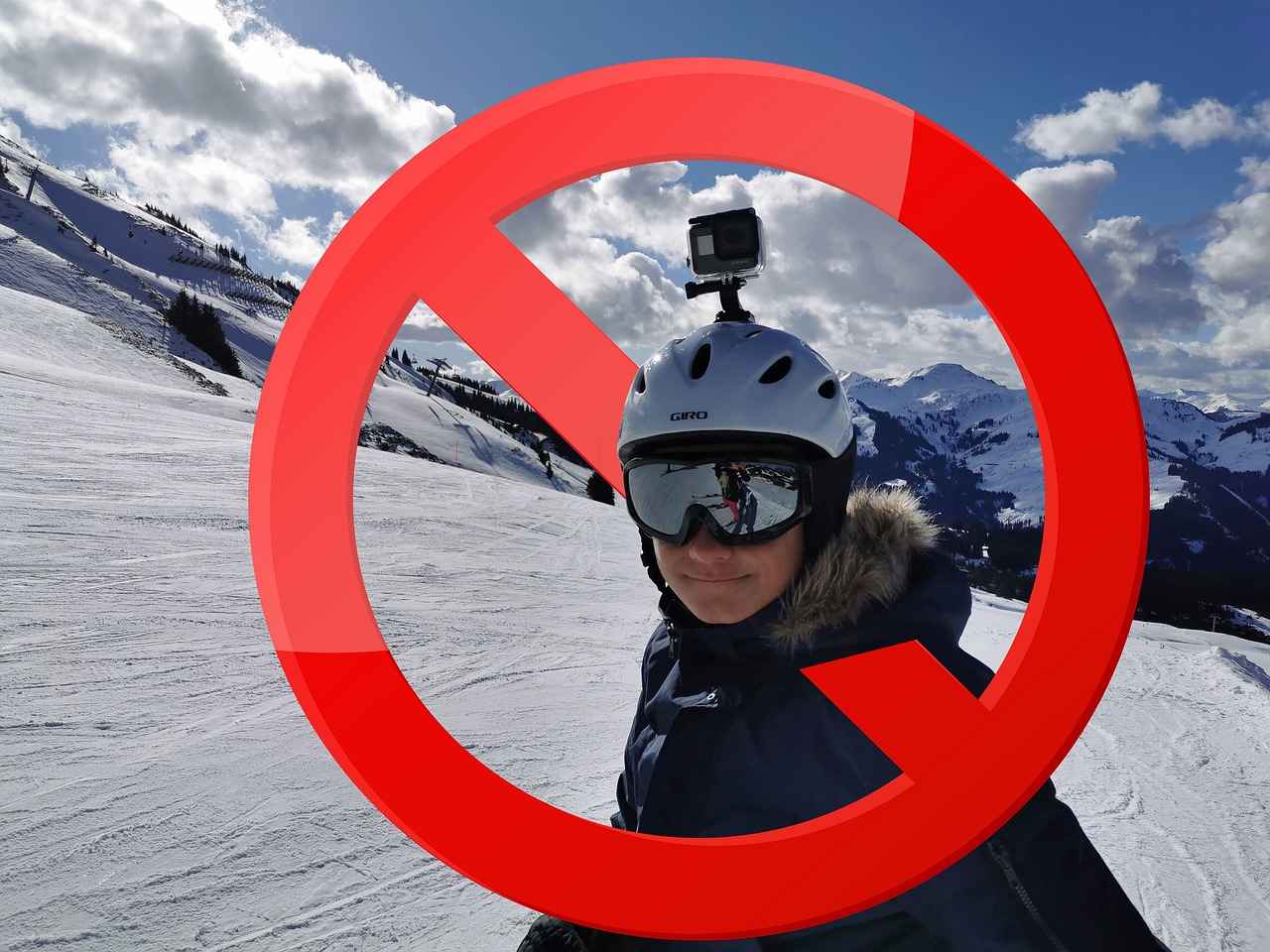
What Happened to GoPro’s Drone Division?
GoPro, a brand synonymous with action cameras, ventured into the drone market with the launch of its Karma drone in 2016. This move was seen as a significant step for the company, aiming to diversify its product offerings and tap into the growing demand for aerial photography and videography. However, the journey was not as smooth as anticipated.
The Karma drone was introduced with much fanfare, boasting features such as easy portability, user-friendly controls, and the ability to capture stunning aerial footage. Unfortunately, shortly after its launch, GoPro faced a major setback when reports emerged of the drone losing power mid-flight. This led to a recall of the product, which severely impacted the company’s reputation and financial standing.
Despite efforts to rectify the issues, the Karma drone struggled to compete against established players in the market, particularly DJI, which dominated the consumer drone segment. GoPro’s challenges were compounded by a rapidly evolving market that demanded constant innovation and adaptation. The company’s inability to keep pace with technological advancements and consumer expectations ultimately led to the decision to discontinue the Karma drone in early 2018.
Several key challenges contributed to the downfall of GoPro’s drone division:
- Technical Issues: The power failure incidents raised concerns about the reliability of the Karma drone, leading to diminished consumer trust.
- Intense Competition: DJI’s superior product offerings and established market presence made it difficult for GoPro to gain traction.
- Financial Struggles: The costs associated with the recall and subsequent marketing efforts strained GoPro’s already struggling finances.
- Market Demand Shifts: As consumer preferences evolved, GoPro found it challenging to align its products with market needs.
In summary, GoPro’s foray into the drone market was marked by high expectations but ultimately fell short due to a combination of technical difficulties, fierce competition, and financial challenges. The discontinuation of the Karma drone serves as a cautionary tale for companies looking to expand into new markets without a robust strategy and thorough understanding of the competitive landscape.

Why Did GoPro Exit the Drone Market?
The decision for GoPro to exit the drone market was not made lightly. Several factors contributed to this significant move, shedding light on the complex dynamics of the industry. In this section, we will explore the key reasons behind GoPro’s departure from the drone sector, focusing on financial struggles, intense competition, and shifting market demand.
Firstly, financial struggles played a pivotal role in GoPro’s decision. Despite the initial excitement surrounding the launch of the Karma drone, the product faced numerous challenges that hindered its financial success. Reports indicated that the Karma was plagued by technical issues, including battery failures that led to widespread recalls. This not only damaged the brand’s reputation but also resulted in significant financial losses. As a result, GoPro had to reassess its investment in the drone market, ultimately deciding to focus on its core business of action cameras.
Another critical factor was the intense competition present in the drone industry. Major players like DJI have dominated the market, offering advanced technology and a diverse range of products that appealed to both amateur and professional users. DJI’s aggressive pricing strategies and innovative features made it challenging for GoPro to carve out a niche for its Karma drone. Industry experts noted that GoPro’s inability to compete effectively with these established brands contributed to its decision to exit the market.
Furthermore, shifting market demand has also influenced GoPro’s strategy. The consumer drone market has evolved rapidly, with an increasing focus on features such as autonomous flying capabilities, advanced imaging technology, and ease of use. GoPro’s traditional focus on action cameras did not align seamlessly with these emerging trends. As consumer preferences shifted towards more sophisticated drones, GoPro found itself at a crossroads, leading to the decision to step back from the drone segment.
In conclusion, GoPro’s exit from the drone market can be attributed to a combination of financial difficulties, fierce competition, and changing consumer demands. As the drone industry continues to evolve, it remains to be seen whether GoPro will consider re-entering the market in the future. For now, the company appears to be concentrating on its strengths in action cameras, while keeping a watchful eye on the developments within the drone sector.
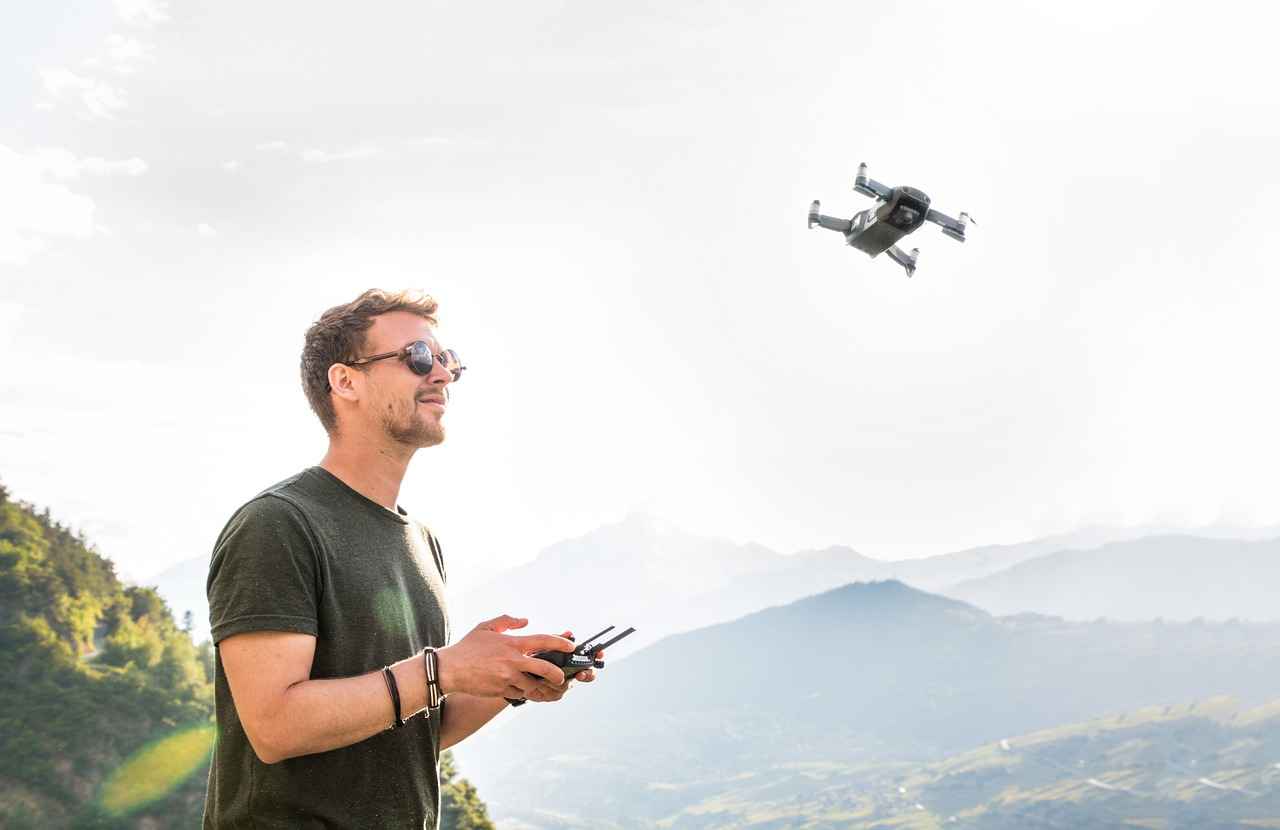
What Are the Current Trends in the Drone Industry?
The drone industry has witnessed remarkable transformation over the past few years, driven by rapid technological advancements, shifting consumer preferences, and evolving regulatory frameworks. Understanding these current trends is crucial for companies like GoPro, especially as they contemplate a potential return to the drone market.
One of the most significant trends in the drone industry is the integration of advanced technology. Modern drones are now equipped with features such as:
- Artificial Intelligence (AI): AI is being used for obstacle detection, autonomous flight, and enhanced image processing.
- Improved Battery Life: New battery technologies are extending flight times, making drones more practical for various applications.
- High-Resolution Cameras: With the demand for high-quality aerial photography, drones now come with cameras that offer 4K and even 8K video capabilities.
Consumer preferences are also evolving, with an increasing interest in personal and commercial applications. Users are looking for drones that are:
- User-Friendly: Drones with intuitive controls and user-friendly interfaces are gaining popularity.
- Portable: Compact and foldable designs are appealing to travelers and hobbyists alike.
- Versatile: Consumers are interested in drones that can serve multiple purposes, such as photography, surveying, and even delivery services.
As the drone industry grows, so does the regulatory landscape. Governments worldwide are implementing new regulations to ensure safety and privacy. Key changes include:
- Remote ID Requirements: Many countries are mandating that drones broadcast their identification, enhancing airspace safety.
- Flight Restrictions: Regulations are being established to limit drone flights in urban areas, near airports, and over crowds.
- Commercial Licensing: Increased scrutiny on commercial drone operations requires operators to obtain specific licenses, impacting how businesses utilize drones.
With these trends in mind, there are numerous opportunities for GoPro to consider if they decide to re-enter the drone market. The growing demand for high-quality aerial footage, coupled with the rise of content creation platforms, presents a viable market segment. Additionally, GoPro’s expertise in camera technology and stabilization could give them a competitive edge in creating innovative drone products that cater to both amateur and professional users.
In conclusion, the drone industry is rapidly evolving, influenced by technological advancements, changing consumer preferences, and regulatory developments. For GoPro, understanding these trends is essential for making informed decisions about a potential re-entry into the market.

How Are Competitors Shaping the Drone Landscape?
The drone industry is rapidly evolving, with significant contributions from key players like DJI and Parrot. Their innovative approaches and market strategies are not just changing the landscape; they are also influencing the potential future of companies like GoPro. Understanding how these competitors operate provides insight into what GoPro might consider if it chooses to re-enter the drone market.
DJI, often regarded as the market leader, has established a strong foothold through a combination of cutting-edge technology and aggressive marketing. Their Phantom and Mavic series drones are equipped with advanced features such as obstacle avoidance, high-resolution cameras, and easy-to-use interfaces. These innovations not only cater to professional filmmakers but also appeal to hobbyists, expanding their customer base.
On the other hand, Parrot has carved out a niche by focusing on specific market segments, such as agriculture and surveying. Their Anafi drone, for instance, offers unique features like a 180-degree tilt gimbal, which allows for versatile shooting angles, appealing to a different audience than DJI. This targeted approach enables Parrot to compete effectively even in a market dominated by DJI.
The dominance of DJI has led to a price war in the drone market. Competitors are forced to innovate and reduce prices to remain relevant. This trend can be seen in the increasing affordability of high-quality drones, which has made them accessible to a broader audience. As prices drop, consumer expectations rise, pushing manufacturers to continuously improve their offerings.
- Technological Advancements: Companies are investing heavily in R&D to develop new technologies that enhance flight stability, battery life, and camera quality.
- Consumer Preferences: There is a growing demand for drones that are not only functional but also user-friendly, prompting companies to simplify controls and enhance customer support.
- Regulatory Compliance: As regulations become stricter, companies are adapting by creating drones that comply with local laws, thus ensuring a smoother entry into various markets.
As GoPro considers its future in the drone market, the influence of DJI and Parrot cannot be overlooked. The lessons learned from their successes and failures will be crucial in shaping GoPro’s strategies. For instance, GoPro could leverage its existing expertise in camera technology to develop drones that offer superior imaging capabilities, thus appealing to its core audience of action sports enthusiasts.
Moreover, the competitive landscape suggests that GoPro must also focus on affordability and usability to attract a wider customer base. This could involve creating entry-level drones that provide high-quality footage at a lower price point, similar to the strategies employed by both DJI and Parrot.
In addition, understanding consumer feedback will be vital. By engaging with its loyal customer base, GoPro can identify the features that users value most, ensuring that any future drone offerings align with market demands.
In conclusion, as DJI and Parrot continue to shape the drone market, their strategies provide valuable insights for GoPro. By analyzing these competitors, GoPro can develop a robust strategy that not only capitalizes on its strengths but also addresses the evolving needs of drone consumers.
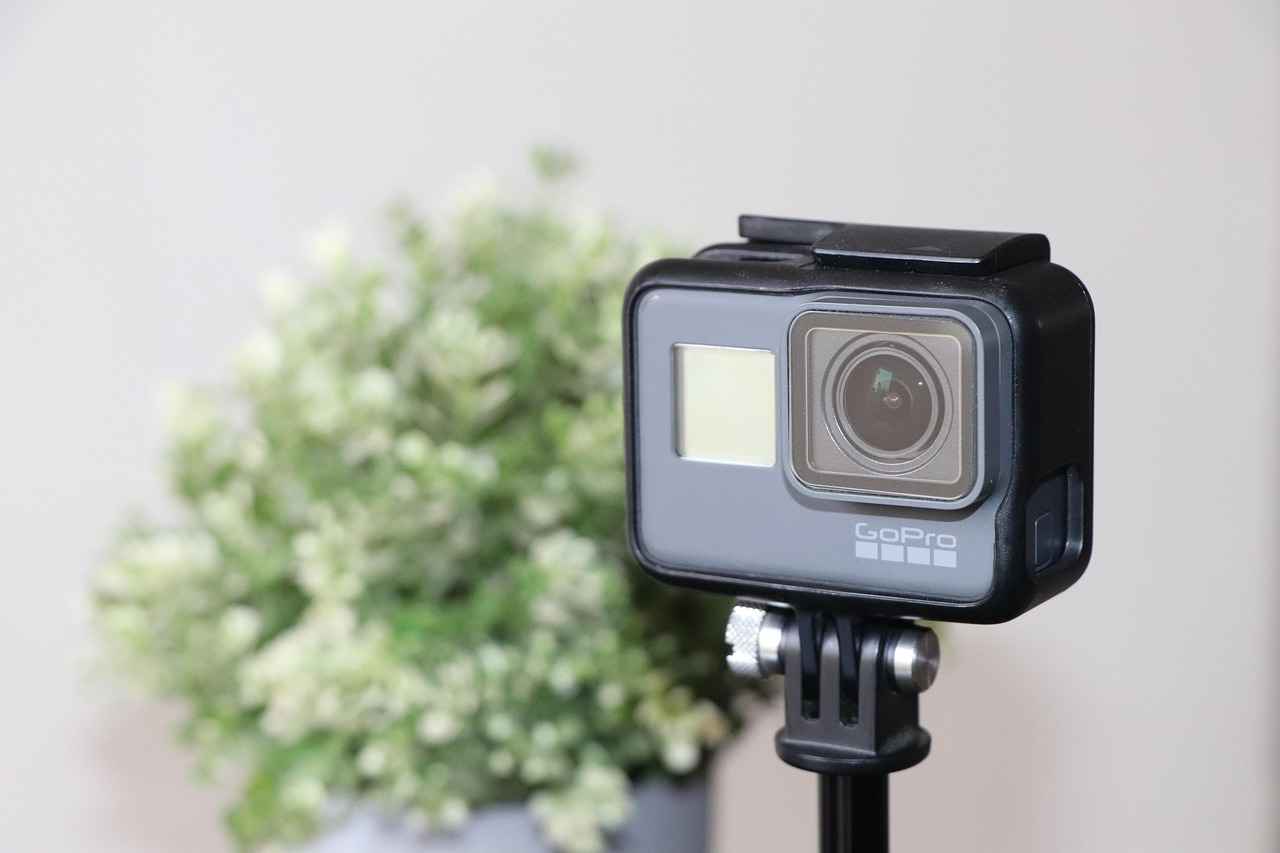
What Innovations Could Drive GoPro’s Return?
As the drone market continues to evolve, many industry experts are speculating about the potential for GoPro to make a comeback in this competitive landscape. The company’s previous experience with the Karma drone, while ultimately unsuccessful, provides a foundation for understanding what innovations could entice them to re-enter the market. Below, we explore several key technological advancements and product features that could pave the way for GoPro’s return to the drone industry.
One of GoPro’s strongest assets is its camera technology. By integrating their latest camera innovations, such as improved image sensors and advanced stabilization features, GoPro could offer drones that capture stunning aerial footage. The ability to shoot in 4K or even 8K resolution, combined with high frame rates, would set their drones apart from competitors.
Artificial Intelligence (AI) is transforming the drone industry. GoPro could leverage AI for features like autonomous flight, obstacle avoidance, and real-time image processing. These innovations would not only enhance the user experience but also improve safety and reliability, making GoPro drones more appealing to both hobbyists and professionals.
A modular design could allow users to customize their drones according to their needs. GoPro could offer interchangeable parts such as camera modules, batteries, and sensors. This flexibility would attract a wider audience, from casual users to serious filmmakers, who appreciate the ability to tailor their equipment.
Battery life remains a critical concern for drone users. Innovations in battery technology, such as lithium-sulfur batteries, could provide longer flight times and quicker charging capabilities. GoPro’s focus on enhancing battery performance could significantly impact user satisfaction and operational efficiency.
Safety is paramount in the drone industry. GoPro could implement features such as geo-fencing to prevent drones from flying into restricted areas, as well as return-to-home functions that activate in low battery situations. These safety measures would help build consumer trust and confidence in GoPro’s products.
GoPro could capitalize on its existing ecosystem by creating seamless integration between drones and other GoPro products. For instance, users could easily transfer footage from drones to GoPro cameras or editing software. This interconnected experience would enhance customer loyalty and encourage users to invest in multiple GoPro products.
Identifying and targeting niche markets could be a game-changer for GoPro. For example, they could develop specialized drones for real estate, agriculture, or search and rescue operations. By catering to specific industries, GoPro could differentiate itself from competitors and establish a strong foothold in the drone market.
Listening to consumer feedback is essential for product development. GoPro could engage with its community of users to understand their needs and desires, ensuring that new drone features align with market demand. This approach would not only enhance product relevance but also foster brand loyalty.
In conclusion, while the road back into the drone market may be challenging, there are numerous avenues that GoPro could explore to make a successful return. By focusing on technological innovations, user needs, and safety, GoPro has the potential to create a new line of drones that could captivate both existing fans and new customers alike.
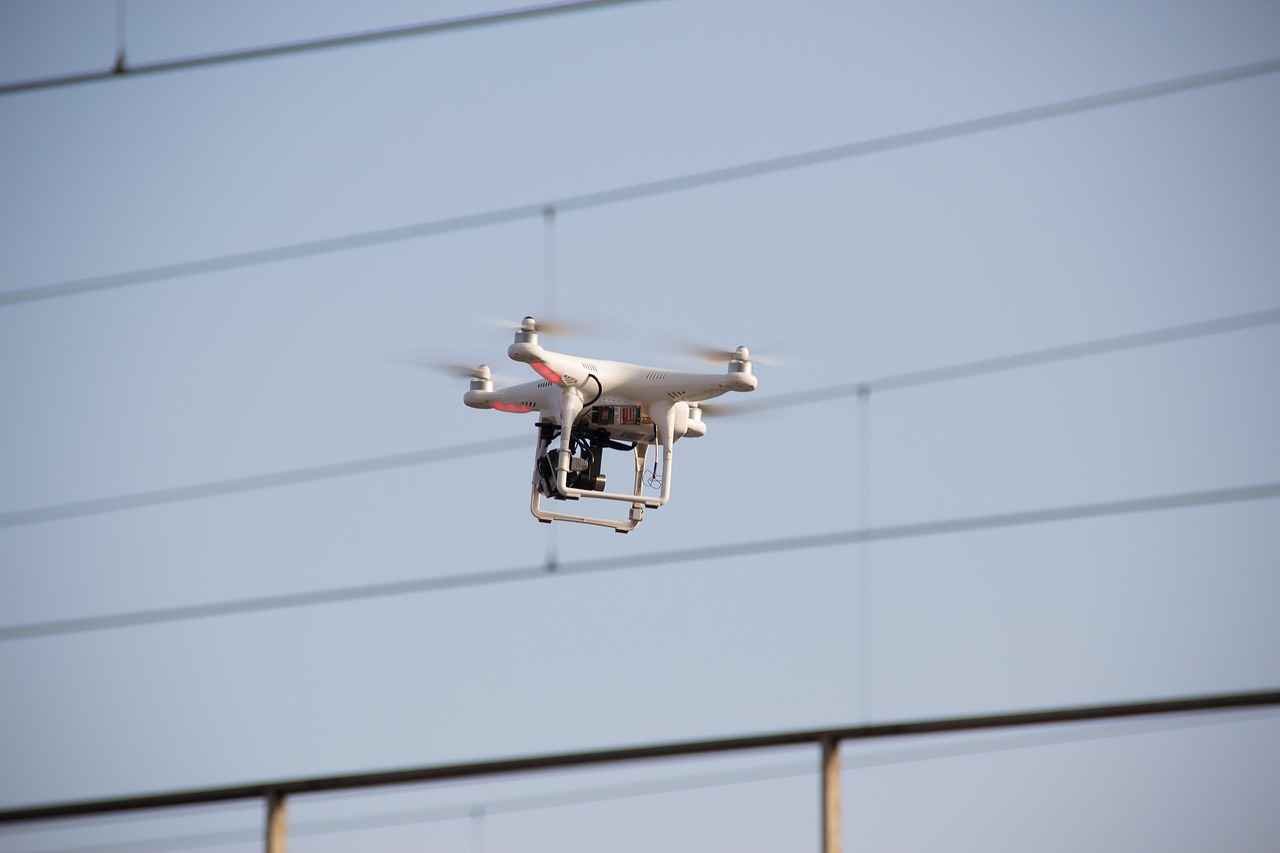
Are There Market Opportunities for GoPro in Drones?
As the drone market continues to evolve, GoPro faces a pivotal decision regarding its potential re-entry. Identifying specific market segments and niches is crucial for the company to find success if they decide to launch a new drone. Through careful market research, several opportunities have emerged that could align with GoPro’s strengths and brand identity.
One promising segment is the adventure sports community. GoPro has long been synonymous with extreme sports, and a drone tailored for this audience could capture stunning aerial footage of activities such as surfing, mountain biking, and skiing. By integrating advanced stabilization technology and rugged design, GoPro could create a drone that withstands harsh environments while providing high-quality video capture.
Another niche market lies within the realm of real estate and land surveying. Drones are increasingly used for aerial photography and mapping, making them essential tools for real estate agents and surveyors. GoPro could leverage its expertise in camera technology to produce a drone that offers superior image quality, making it an attractive option for professionals in these fields.
Furthermore, the educational sector presents an opportunity for GoPro. With the rise of drone usage in STEM education, a user-friendly drone designed for students could encourage engagement in technology and engineering. This product could come equipped with educational resources and tutorials, positioning GoPro as a leader in educational technology.
Additionally, the film and media industry remains a lucrative market. Drones are increasingly utilized for capturing cinematic shots, and a GoPro drone could cater to filmmakers looking for compact, high-quality aerial solutions. By focusing on features that enhance cinematic production, such as customizable settings and easy integration with GoPro cameras, the company could attract a loyal customer base among filmmakers.
Moreover, the growing trend of environmental monitoring and conservation efforts opens another avenue for GoPro. Drones are being used for wildlife tracking, habitat mapping, and environmental research. A drone designed specifically for these applications could appeal to researchers and environmentalists, providing them with the tools necessary to monitor and protect ecosystems.
In summary, GoPro has several market segments to consider if they decide to launch a new drone. By focusing on adventure sports, real estate, education, film and media, and environmental monitoring, GoPro can harness its brand strengths and technological expertise. Market research will be essential in validating these opportunities and ensuring that any new product aligns with consumer needs and industry trends.
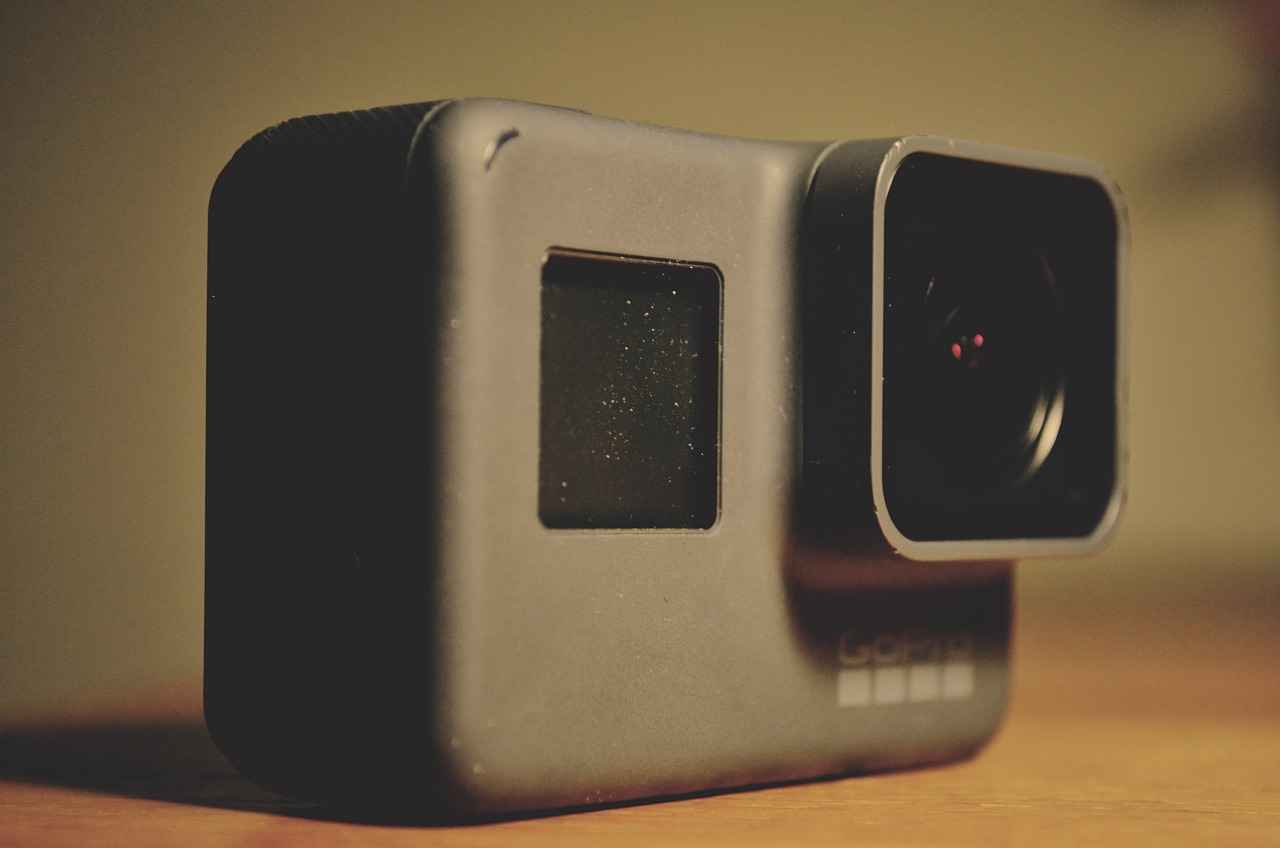
What Do Experts Predict for GoPro’s Future?
The future of GoPro in the drone market has been a topic of much speculation among industry analysts and experts. With the company having previously exited this space after the launch of the Karma drone, many wonder if they will attempt a comeback. This article gathers insights from various professionals highlighting the likelihood of GoPro’s re-entry into the drone market and the factors that could influence this decision.
Market Viability and Consumer Demand
Experts agree that understanding market viability is crucial for GoPro’s potential return. The drone industry has seen significant growth in recent years, with consumer demand shifting towards more versatile and user-friendly devices. Analysts suggest that if GoPro can identify a specific niche within this expanding market, such as adventure sports or filmmaking, it could leverage its existing brand loyalty to capture a dedicated audience.
Technological Advancements
Another factor influencing GoPro’s decision is the rapid pace of technological advancements in the drone sector. Experts note that innovations in battery life, camera stabilization, and AI-driven features are reshaping consumer expectations. If GoPro can integrate its renowned camera technology into a new drone model, it may stand a chance against competitors like DJI, which currently dominates the market.
Competitive Landscape
The competitive landscape is also a significant consideration. Analysts point out that GoPro must evaluate how competitors are evolving and what gaps exist in the market. For instance, while DJI has a stronghold on high-end drones, there may be opportunities for GoPro to explore affordable options that appeal to casual users. This shift could attract a broader audience and reinvigorate interest in GoPro’s brand.
Financial Considerations
Financial health is another critical aspect that experts emphasize. GoPro’s previous exit from the drone market was partly due to financial struggles and poor sales performance. Analysts suggest that for GoPro to consider re-entering the drone market, it must first stabilize its finances and ensure a sustainable business model. Investors will be closely monitoring the company’s financial reports to gauge its readiness for such a venture.
Regulatory Challenges
Regulatory challenges pose another hurdle for GoPro’s potential re-entry. The drone industry is heavily regulated, with laws governing airspace, safety, and privacy. Experts warn that GoPro must navigate these regulations carefully to avoid setbacks that could hinder its return. Compliance with evolving regulations will be essential for any future product launch.
Consumer Feedback and Brand Loyalty
Finally, consumer feedback plays a vital role in shaping GoPro’s strategies. Analysts emphasize the importance of understanding what existing users want in a drone. GoPro has a loyal customer base that values quality and innovation. Engaging with this audience through surveys and feedback channels could provide valuable insights that inform product development and marketing strategies.
In conclusion, while the possibility of GoPro re-entering the drone market remains uncertain, industry experts highlight several factors that could influence this decision. From understanding market demand and technological advancements to navigating regulatory challenges and leveraging brand loyalty, GoPro must carefully consider its approach. As the drone industry continues to evolve, it will be intriguing to see if GoPro can capitalize on emerging opportunities and make a successful comeback.
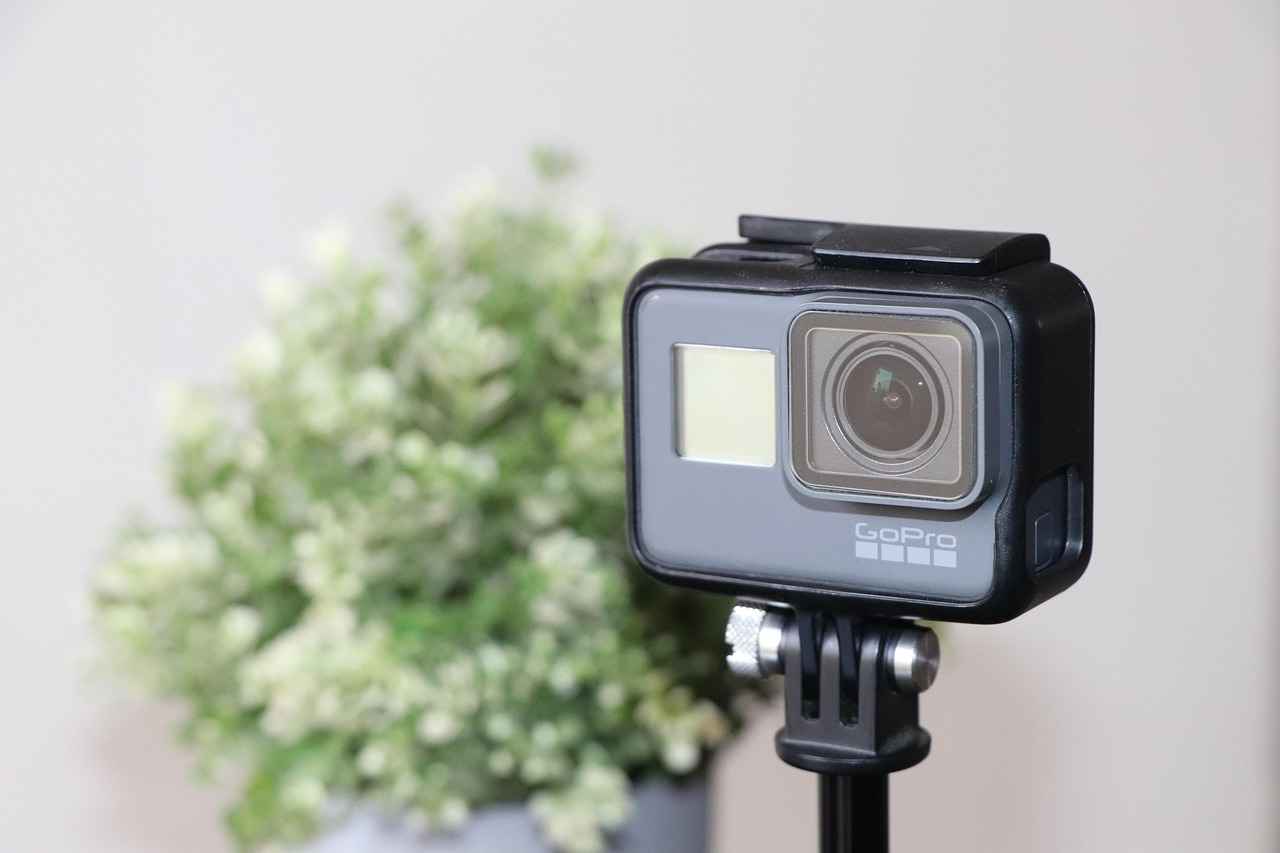
How Important Is Brand Loyalty for GoPro?
Brand loyalty plays a crucial role in the consumer electronics market, and for GoPro, it has the potential to significantly influence the company’s decision-making process, particularly regarding the possibility of re-entering the drone sector. GoPro has built a strong reputation among its users, primarily due to its high-quality cameras and action-oriented products. This loyalty could be a double-edged sword, as it presents both opportunities and challenges for the brand.
Understanding Brand Loyalty Among GoPro Users
GoPro users often exhibit a deep emotional connection to the brand. This loyalty stems from several factors, including the quality of products, the community surrounding the brand, and the lifestyle that GoPro promotes. Many users feel that owning a GoPro is not just about having a camera; it’s about being part of an adventurous community that captures and shares experiences. This sense of belonging can drive repeat purchases and brand advocacy, which is invaluable for any company.
Impact on Product Development Decisions
When considering a return to the drone market, GoPro must assess how brand loyalty can inform product development. Loyal customers are likely to have specific expectations regarding new products. For instance, they may desire features that align with their experiences and the brand’s reputation for durability and high performance. If GoPro decides to produce drones again, incorporating feedback from its loyal user base could lead to innovations that resonate well with consumers, thereby increasing the likelihood of success.
Market Positioning and Brand Perception
The perception of GoPro as a leader in action cameras provides a competitive advantage. However, the drone market is saturated with established players like DJI, which have set high standards for performance and technology. GoPro’s loyal customers may expect the same level of innovation and quality in any new drone offerings. Therefore, understanding and leveraging brand loyalty will be essential in positioning GoPro effectively against its competitors.
Potential Risks of Ignoring Brand Loyalty
If GoPro were to overlook the expectations of its loyal customer base, it risks alienating its core users. A misstep in product development could lead to negative feedback, damaging the brand’s reputation and loyalty. For instance, if a new drone lacks features that GoPro users value or does not meet their quality standards, it could result in a backlash that would be detrimental to the brand.
Engaging the Community for Insights
To harness brand loyalty effectively, GoPro can engage its community through surveys, focus groups, and social media interactions. By actively seeking input from loyal users, the company can better understand their needs and preferences, which can guide product innovation. This engagement not only strengthens the bond between the brand and its customers but also creates a sense of ownership among users, making them more likely to support new product launches.
Conclusion: The Future of GoPro and Brand Loyalty
In summary, brand loyalty is a powerful asset for GoPro as it contemplates a return to the drone market. By understanding and leveraging this loyalty, GoPro can make informed decisions that align with customer expectations and market demands. The company’s ability to innovate while maintaining the trust and enthusiasm of its user base will be critical to its success in any future endeavors within the drone industry.
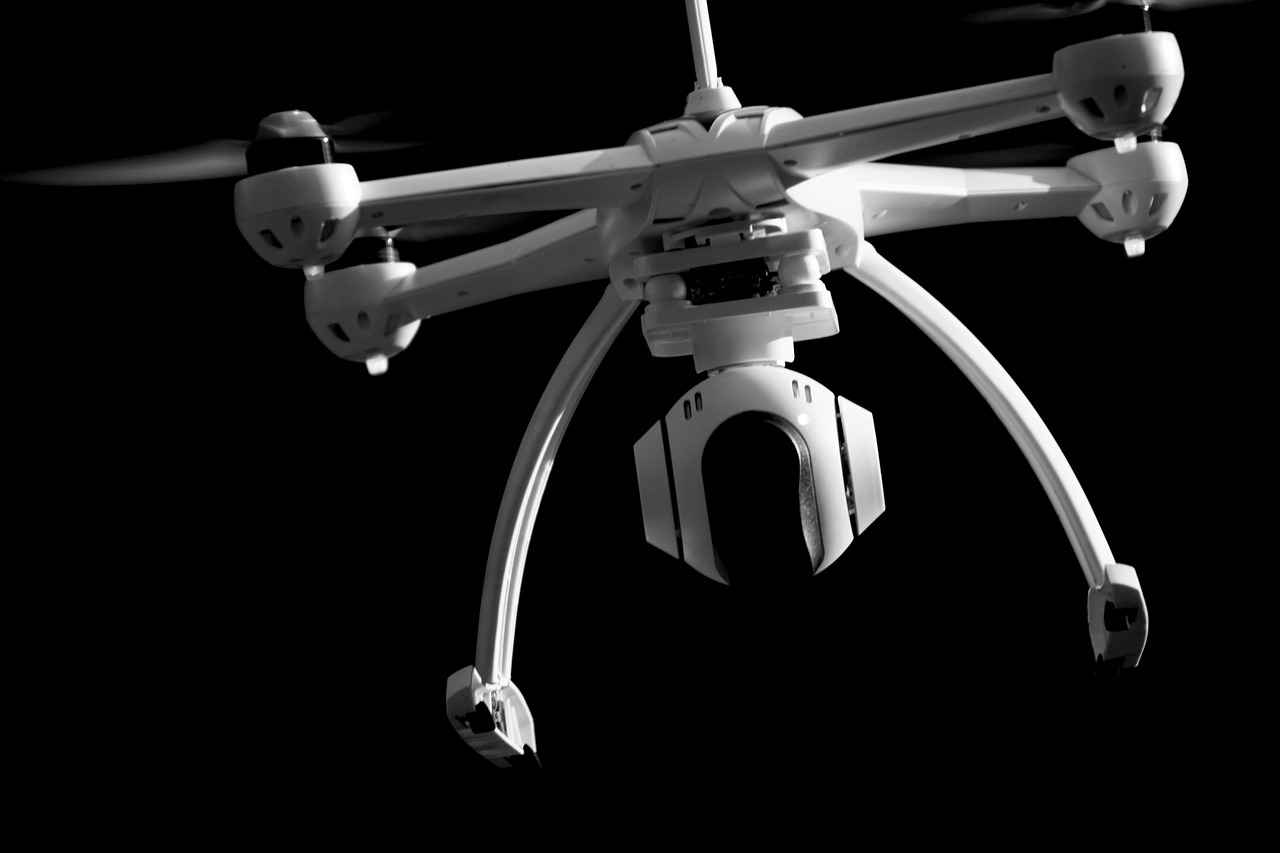
What Are the Regulatory Challenges for Drones?
The regulatory landscape surrounding the drone industry is evolving rapidly, presenting both challenges and opportunities for manufacturers like GoPro. As drone technology advances, so too does the need for robust regulations to ensure safety, privacy, and airspace management. Understanding these regulations is essential for any company considering a return to the drone market.
What Are the Key Regulations Affecting Drone Manufacturers?
- Federal Aviation Administration (FAA) Regulations: In the United States, the FAA is the primary regulatory body governing drone operations. They have established guidelines that dictate how drones can be used, including restrictions on altitude, airspace, and operational hours.
- Remote Identification: New regulations require drones to broadcast their identification and location, enhancing safety and accountability in the airspace.
- Commercial Use Regulations: Companies looking to use drones for commercial purposes must obtain specific certifications, which can be a barrier to entry for smaller manufacturers.
How Do These Regulations Impact GoPro?
The stringent regulatory environment can pose significant challenges for GoPro if they decide to re-enter the drone market. Compliance with FAA regulations requires substantial investment in research and development, as well as ongoing operational costs. This can strain resources, especially for a company that has previously faced financial difficulties.
However, there are also opportunities that arise from these regulations. For instance, the push for enhanced safety and accountability can lead to an increased demand for drones equipped with advanced technology, such as GoPro’s renowned stabilization systems and high-quality cameras. By focusing on developing drones that comply with regulatory standards while offering superior features, GoPro could carve out a niche in a competitive market.
What Are the International Regulatory Considerations?
Beyond the U.S., drone regulations vary significantly across different countries. In Europe, for instance, the European Union Aviation Safety Agency (EASA) has set forth regulations that align with safety and privacy concerns. Understanding these international regulations is crucial for GoPro, especially if they aim to market their products globally.
Consumer Privacy and Data Protection Laws:
As drones increasingly capture video and data, manufacturers must navigate privacy laws that protect consumers. This adds another layer of complexity to GoPro’s potential drone offerings. Ensuring that their products adhere to data protection regulations will be vital to maintaining consumer trust and avoiding legal pitfalls.
Can Regulatory Changes Create New Markets?
As public interest in drones grows, there is a possibility that regulatory frameworks will evolve to be more accommodating. This could open up new markets for GoPro, especially in sectors like agriculture, infrastructure inspection, and emergency services where drones can provide significant benefits. By staying ahead of regulatory trends, GoPro could position itself as a leader in these emerging markets.
In conclusion, while the regulatory landscape presents challenges for drone manufacturers, it also offers opportunities for innovation and market expansion. For GoPro, understanding and adapting to these regulations will be key to any future endeavors in the drone sector.
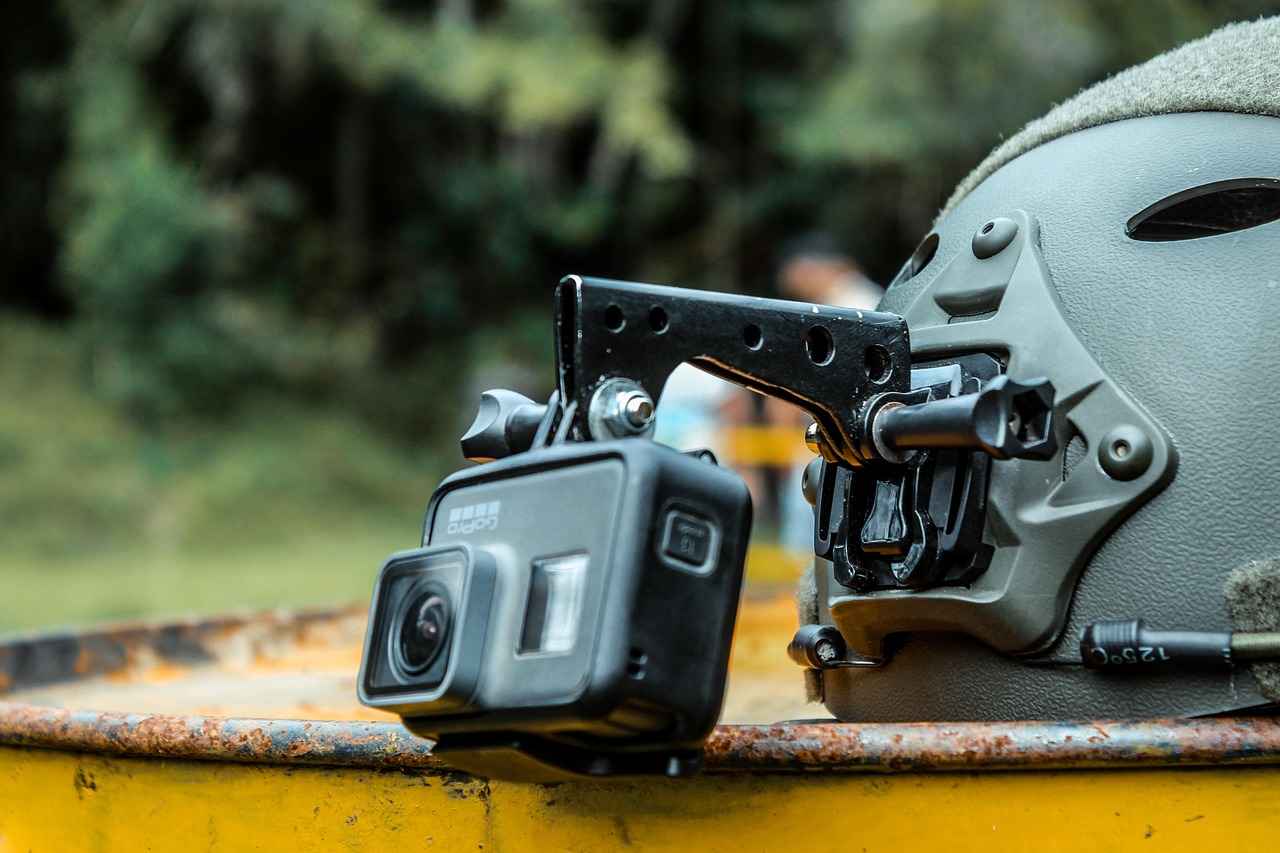
What Role Does Consumer Feedback Play?
In the rapidly evolving drone sector, consumer feedback plays a pivotal role in shaping product development and innovation. As companies like GoPro consider re-entering the market, understanding the nuances of consumer demand becomes essential for crafting offerings that resonate with users.
Consumer preferences in the drone market are driven by several factors, including ease of use, camera quality, and flight time. Recent surveys indicate that users prioritize drones that are not only user-friendly but also equipped with high-quality imaging capabilities. This trend suggests that for GoPro to succeed, they must leverage their expertise in camera technology to create drones that meet these demands.
Online reviews and ratings significantly influence purchasing decisions. Potential buyers often rely on the experiences of others to gauge the reliability and performance of a drone. Companies that actively engage with consumer feedback can enhance their products and address issues promptly. For GoPro, analyzing reviews of competitors’ drones could provide valuable insights into what features consumers find most appealing or problematic.
Establishing a feedback loop is crucial for continuous improvement. By soliciting input from early adopters and integrating their suggestions, GoPro could refine its drone offerings before a full-scale launch. This iterative process not only builds consumer trust but also fosters a sense of community among users, encouraging brand loyalty.
Understanding different market segments is vital for GoPro’s potential re-entry. For instance, recreational users may prioritize affordability and ease of operation, while professional users might seek advanced features and superior camera capabilities. Tailoring products to meet the specific needs of these segments could improve GoPro’s chances of success in the competitive drone landscape.
Consumer feedback can also help predict future trends. As technology advances, users are increasingly interested in features like autonomous flying and AI integration. By staying attuned to these trends through consumer insights, GoPro can position itself as a forward-thinking brand that meets the evolving needs of drone enthusiasts.
Engaging with consumers through social media platforms and forums can create a community around GoPro’s drone products. This engagement not only provides valuable insights but also strengthens brand loyalty. By fostering a dialogue with customers, GoPro can better understand their desires and concerns, ultimately leading to more successful product development.
In summary, consumer feedback is a crucial element in the product development process for drones. For GoPro to successfully navigate its potential return to the drone market, it must prioritize understanding consumer preferences, leveraging feedback effectively, and adapting to market trends. By doing so, GoPro can create innovative products that resonate with users and maintain a competitive edge.

Can GoPro Leverage Existing Technology for Drones?
As GoPro contemplates its future in the drone market, a pivotal question arises: With a solid foundation in camera technology and stabilization systems, the company possesses unique assets that could be instrumental in developing new drone products. This article explores the potential applications of GoPro’s technology in the drone sector and examines how these innovations could enhance market viability.
GoPro has long been recognized for its high-quality cameras that capture stunning visuals in extreme conditions. By integrating its advanced camera technology into future drone designs, GoPro could offer unmatched imaging capabilities. This includes features such as:
- 4K and 8K Video Recording: Providing high-resolution video that appeals to both amateur and professional filmmakers.
- Wide-Angle Lenses: Allowing for expansive shots that are essential for capturing breathtaking landscapes.
- Live Streaming: Enabling real-time sharing of aerial footage, which is increasingly popular among content creators.
One of GoPro’s standout features is its image stabilization technology, which drastically reduces motion blur and enhances video quality. This technology can be adapted for drone use, ensuring smooth footage even during turbulent flights. By incorporating advanced stabilization systems, GoPro drones could:
- Improve Flight Stability: Allowing for better control and maneuverability in windy conditions.
- Enhance User Experience: Providing users with a more enjoyable flying experience, reducing the learning curve for new pilots.
Beyond hardware, GoPro’s software capabilities could play a crucial role in the success of future drone products. The development of user-friendly interfaces and advanced editing software would enable users to edit and share their footage seamlessly. Features like:
- Automated Editing Tools: Allowing users to create professional-quality videos with minimal effort.
- Mobile App Integration: Enhancing connectivity and control through smartphones, making it easier for users to manage their drone.
By leveraging its existing technology, GoPro could also explore niche markets that are currently underserved in the drone industry. For instance, targeting adventure sports enthusiasts or filmmakers who require specific features could differentiate GoPro drones from competitors. This focus on specialized markets could enhance brand loyalty and attract a dedicated customer base.
To maximize the potential of its technology, GoPro could consider partnerships with established drone manufacturers or software developers. Collaborations could lead to:
- Shared Expertise: Combining strengths to innovate and create superior products.
- Expanded Distribution Channels: Leveraging existing networks to reach a broader audience.
In conclusion, GoPro’s existing technology and expertise in cameras and stabilization present a strong foundation for future drone products. By focusing on innovation, user experience, and niche markets, the company can enhance its market viability and potentially reclaim its position in the drone industry.
Frequently Asked Questions
- Will GoPro ever release another drone?
While there’s no official word from GoPro yet, industry experts believe that if market conditions improve and consumer demand rises, they might consider re-entering the drone space.
- What led to the discontinuation of the Karma drone?
The Karma drone faced several challenges, including technical issues and stiff competition from established players like DJI, which ultimately led to its discontinuation.
- Are there any trends that could influence GoPro’s return to drones?
Absolutely! Trends like advancements in drone technology, increasing consumer interest, and favorable regulatory changes could pave the way for GoPro’s potential comeback in the drone market.
- How does consumer feedback impact GoPro’s decisions?
Consumer feedback plays a crucial role in shaping product development. If GoPro sees strong demand for drones from their loyal customer base, it could motivate them to explore new drone options.
- What are the regulatory challenges for drone manufacturers?
Drone manufacturers face various regulatory hurdles, including safety standards and airspace restrictions. Understanding these regulations is vital for any company, including GoPro, looking to re-enter the market.
- Can GoPro leverage its existing technology for new drones?
Yes! GoPro’s expertise in camera technology and stabilization systems could be a significant advantage if they decide to develop new drone products, enhancing their appeal in the market.
